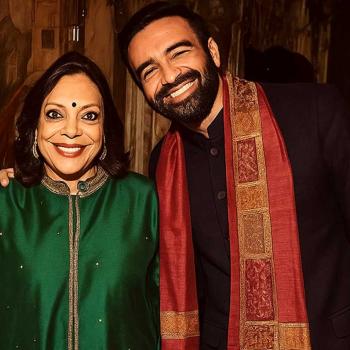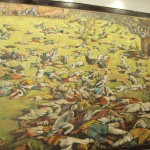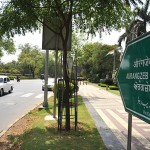 Harvard Researchers have found that 15th century Islamic architecture used geometrical patterns that were so advanced that they reflected mathematical formulae that were figured out just in the last 20 to 30 years, reports Science Mag! Looking at the Islamic societies today in the world.. you would never believe it!
Harvard Researchers have found that 15th century Islamic architecture used geometrical patterns that were so advanced that they reflected mathematical formulae that were figured out just in the last 20 to 30 years, reports Science Mag! Looking at the Islamic societies today in the world.. you would never believe it!
Researchers in the US have found 15th Century examples that use the concept of quasicrystalline geometry.
This indicates intuitive understanding of complex mathematical formulae, even if the artisans had not worked out the underlying theory, the study says.
The discovery is published in the journal Science.
The research shows an important breakthrough had occurred in Islamic mathematics and design by 1200.
"It’s absolutely stunning," Harvard’s Peter Lu said in an interview.
"They made tilings that reflect mathematics that were so sophisticated that we didn’t figure it out until the last 20 or 30 years."
The Islamic designs echo quasicrystalline geometry in that both use symmetrical polygonal shapes to create patterns that can be extended indefinitely.
Until now, the conventional view was that the complicated star-and-polygon patterns of Islamic design were conceived as zigzagging lines drafted using straightedge rulers and compasses.
Powered by Qumana














